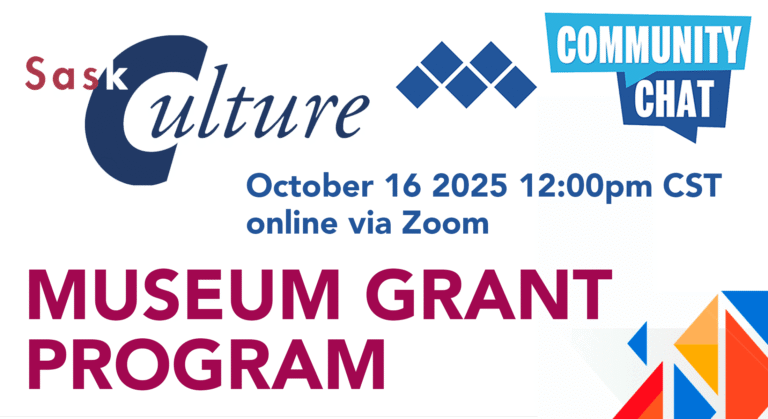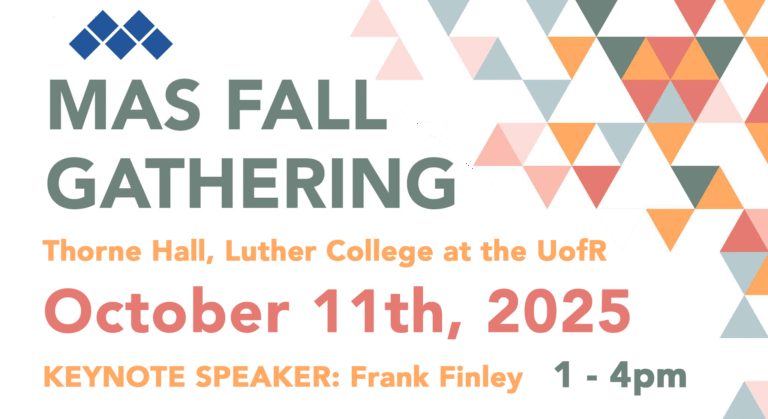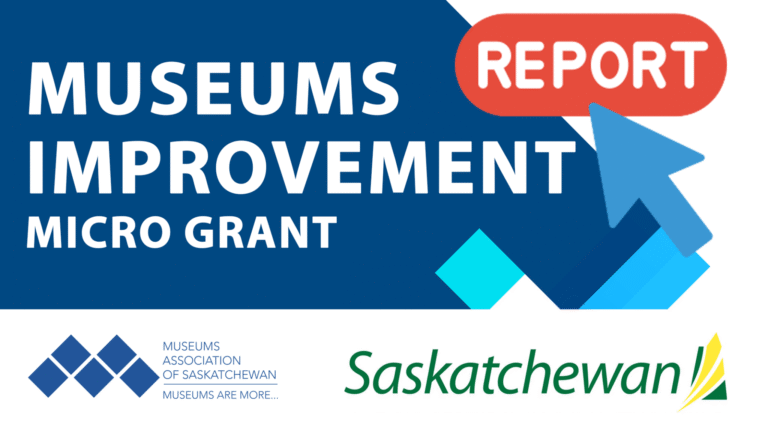As museums evolve and change to meet the new needs and wants of their audiences, they are employing new and diverse individuals who are changing the way museums are structured and run. The introduction of new employees has led to a generational gap. Whether you are young or old, a new or veteran museum employee, it is worth making an effort to understand your co-workers. Each generation is shaped by events and values of their times. These factors lead to how employees view and approach their jobs.
In this blog, I will be discussing the four generations that are in the workforce today. Please keep in mind, that these descriptions are a generalization and do not necessarily reflect individual members of generation.
The Veteran
This generation was born prior to the end of WWII (Pre-1945). They are shaped by the World Wars, the depression and traditional family beliefs. On the job, they are described as disciplined, hard workers who appreciate order and a job well done.
The Baby Boomers
The Baby Boomers are anyone born between 1946 and 1964. They are influenced by television, the Cold War, student activism, youth culture, feminism, space travel and the introduction of the idea of stay-at-home moms. At work, they are a described as being driven, service-oriented team players who do not like to be micro-managed.
Generation X or Gen X
Generation X are people who are born between 1964 and 1980. Gen Xer’s are inspired by the energy crisis, the end of the Cold War, music videos, AIDS, two-income families and the rising divorce rate. At work they are described as independent, self-reliant workers who are unimpressed by authority and focused on self-development.
Millennials
The Millennials are the new generation of employees into the work force. They are all workers born after 1980. They are influenced by the explosion of technology and media, multiculturalism, the mass shooting epidemic and a variety of family structures. Millennials are described as self-confident, competent workers, who are optimistic, outspoken and work well in collaborative settlings.
With these 4 generations working together in the same museum or community organization, misunderstandings, resentment or mistrust are likely to occur. What follows is a list of suggestions that can help co-workers of different generations to get along.
1. Seek Understanding First
Before making assumptions or judgements, ask questions or for clarification. If we can understand other people’s needs, wants, communication styles and values, we can be better colleagues. No matter the generation, people are social creatures and love to share!
2. Create an Open Environment
It is important to create a museum environment where all ideas and opinions are respected. This can be accomplished by allowing people to get to know each other at a central lunch location or at social events. An open environment can also be encouraged by providing open communication and encouraging individual input and participation in the decision making process.
3. Keep an Open Mind
Challenge what you assume! A Veteran who wears a business suit and seems uncomfortable with technology might be highly creative with his or her hands. A Gen Xer who enjoys working nights and weekends might like it because it balances well with their responsibilities at home. We all lead unique lives and we need to keep an open mind about our colleagues’ life choices. There is usually more than one way to accomplish a task or reach a goal.
4. Be Flexible
If everyone on the team does their share, does it really matter whether the Veterans and the Boomers work at their desk during regular office hours, while the Gen Xers and Millennials complete the work after-hours or from home? As long as everyone is completing their work, does it really matter where and when the work is being completed?
5. Value Diversity
As an organization, you need to accept and embraced each generation’s different experiences and ways of viewing things. Veterans and Boomers have the kind of experience and knowledge that comes from years of working in the cultural field. Gen Xers and Millennials bring their knowledge of technology, current industry trends and themes and the value of teamwork to your museum. Embrace these differences and talents, and work together to create the best institution as possible.
Studies have shown that communities that can attract and retain talented people of all ages are more flexible. The more culturally and generationally diverse the decision-makers are in an institution, the more likely it is that those who are attracted to the institution will reflect that diversity.
6. Support and Learn from Each Other: Reverse Mentorship
Multi-generation co-workers have a lot to offer each other; embrace what each other have to offer. Linking multi-generational co-workers into mentorships is an excellent way to support and learn from each other. The older generation can share their many years of knowledge, while the younger generation can share their technological skills and help their co-workers to understand the current trends and needs of the visitor.
7. Be Self Aware
Think about how people from different generations may view your behavior and pay attention to your own beliefs and values. For example, Boomers have had worked long, hard hours in order to stand out among the huge numbers of their own generations. To Gen Xers and Millennials this might appear that the Boomer don’t care about life outside of work. This is because they are focused on the Boomer’s behavior rather than the forces that shaped it. Be aware that each generation has been influenced by different values and events. Try to understand and respect these variations on values.
8. Discover Common Interests
You will be surprised at the common interest multi-generational co-workers can share: Sports, hobbies, films, and favourite TV shows. A simple conversation in the kitchen or small talk at lunch, can quickly develop into an understanding of a different point of view, or a chance to explore a new skill.
Veterans, Boomers, Gen Xers and Millennials can all bring a wide range of skills, outlooks and experience to your cultural institution. Recognize, respect and embrace these differences! It will open up a world of opportunity to learn and grow as individuals and as a community.
Resources:
Piktialis, Diane and Kent A. Greenes. “Bridging the Generational Gap: How to Transfer Knowledge in Today’s Multigenerational Workplace.” The Conference Board. 2008. Website: http://www.wpboard.ca/english/pdfs/Bridging%20the%20Gaps.pdf
Purcell-Jones, Ruth. “Bridging the Multi-Generational Gap.” Leadership Indianapolis. 2016. Website: http://www.leadershipindianapolis.com/Ruth-Purcell-Jones.html
“Tip Sheet: Bridging the Generational Gap at Work.” Alberta Learning Information Services. Alberta Government. 2016. Website: https://alis.alberta.ca/ep/eps/tips/tips.html?EK=7380
Thean, Patrick. “Bridging the Generation Gap: How to Get All Employees Working Together Effectively.” Chief Executive. June 11, 2016. Website: http://chiefexecutive.net/bridging-generation-gap-get-employees-working-together-effectively/



